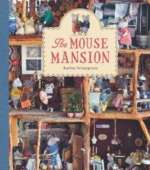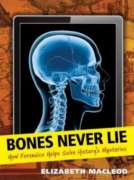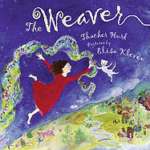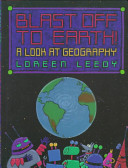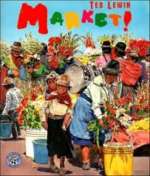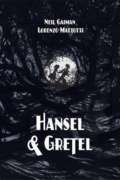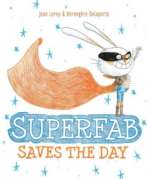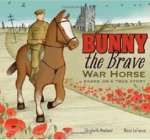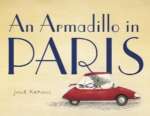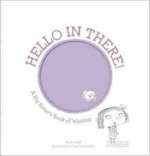
A little girl eagerly awaits her new sibling. She talks to the baby in mama’s belly about cupcakes, strawberries, sailing and swimming; sings songs extra-loud to be sure baby can hear and wonders what her new sibling will look like. The enthusiastic big sister is rendered mostly in black and white, with a large smiling face, upturned nose and a sprinkling of freckles. Each left-hand page depicts a pregnant belly in profile, gradually growing from a small bump until it finally crosses the center line and begins to crowd in on the right-hand page. Each rendering of the belly features a hidden flap under which can be found an adorable baby with closed eyes, a sweet smile and rosy, red cheeks. The flap and the baby it conceals grow bigger as the belly does, until finally, the big day arrives. Big sister waits patiently at home, getting dressed up for the occasion, until mother and father return home and place the little one, eyes wide open now, in big sister’s arms.
